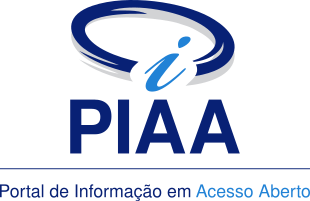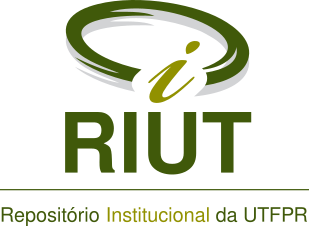Didactic use of genetic algorithms: a model for teaching robotics
Resumo
The study of articulated robots in higher education necessarily goes through the development of their kinematic models. The inverse kinematic model is usually described algebraically, although this representation is often difficult to obtain. Thus, the use of genetic algorithms in teaching robotics can be very attractive, since they allow students to easily develop models and predict the behavior of robots before their formal development. This way, the results of this work present a relatively fast way to simulate the inverse kinematic model, allowing the designer to have a broader view of the structure of a robot, coming to identify points that must be corrected or that can be optimized. It can be concluded that the use of genetic algorithms in robotics teaching is viable, having as main advantages their easy computational implementation and precision in the representation of kinematic models.
.Palavras-chave
Texto completo:
PDF (English)DOI: 10.3895/rbect.v13n1.8218
Direitos autorais 2020 CC-BY

Esta obra está licenciada sob uma licença Creative Commons Atribuição 4.0 Internacional.





